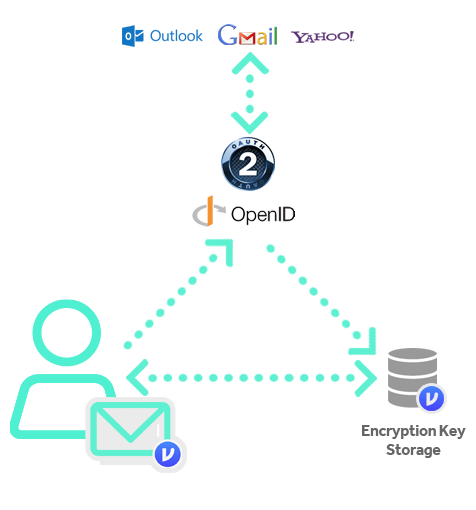 Have you ever sent out an email by accident (or too fast) and wished you could take it back the very next second? Perhaps you sent it to the wrong person or forgot to fix some glaring typo, but there are lots of reasons reneging a sent email could be useful.
Have you ever sent out an email by accident (or too fast) and wished you could take it back the very next second? Perhaps you sent it to the wrong person or forgot to fix some glaring typo, but there are lots of reasons reneging a sent email could be useful.
It feels like just yesterday when I accidentally emailed everyone at Philips Healthcare and the CEO, instead of only my boss, during my first few days on my new engineering job. Fortunately for me at the time, given the well intended nature of my email and being green to the company, it wasn’t a big deal, but I’m still receiving “Did you know you sent this to entire company?” emails four years later! And just imagine how much worse the scenario could be for you when an email escapes into the wrong hands.
But have no fear, as a new tool by an ex-NSA computer scientist could make sure this horrifying moment never happens to anyone again. Vitru is an email plugin-in that works with services like Gmail, Yahoo and Outlook with a sent email take-back feature along with other security mechanisms to keep your messages away from prying government eyes. The application was developed by Will Ackerly, who worked at the NSA for eight years in cloud security, along with his brother John, who served as director of the Office of Policy and Strategic Planning at the U.S. Department of Commerce during George W. Bush’s tenure. While Will worked at the NSA he developed a program called the Trusted Data Format (TDF) that can both limit and protect sent messages.
How Vitru Works
Vitru works by encrypting outgoing email with TDF wrappers around each message and giving the receivers keys to decipher the message. These keys can be revoked by the sender at any time, allowing senders to essentially take back their messages. It’s also impossible for these messages to be read on Google’s Gmail servers by snooping parties, for example, without the encryption keys.

“Just by using an email account, you’re giving your expectation of privacy up legally, because a copy of that email is being saved on a third party server,” Will Ackerly told Fast Company’s Co.Exist. “And we think individuals should be able to email, and just like sending a letter, should have a process that ensures it’s not being read by someone else.”
The team wants to make it easy to send secure messages with popular services, even for those with no CS degree.
While putting a unbreakable encryption wall around a message is fun and all, this doesn’t protect the company from having to give email keys to the government to serve a warrant for a data request, like with what happened at Lavabit. So the company has been working with a legal team from the Electronic Frontier Foundation in anticipation of this event and how to best fight seizures that don’t have justified probable cause.
“I think we stand on very strong legal footing, and we will fight if organizations are making requests. A very large community also agrees with us,” John Ackerly said. This includes the financial support of Robert Pittman, who is the CEO of ClearChannel and one of the first AOL investors.
So what’s next? The Ackerly brothers say this same type of encryption technology could be applied to people’s hard drives and then perhaps mobile phones next (for both storage and communication).



